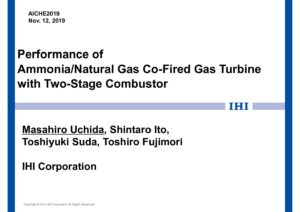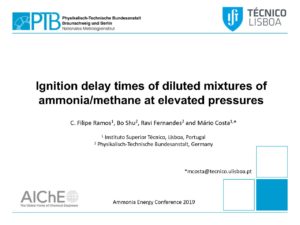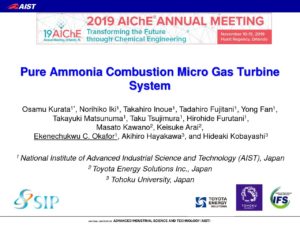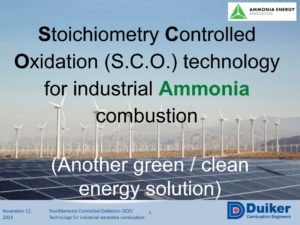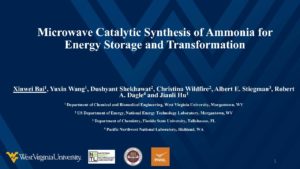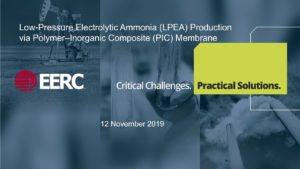Presentation
Carbon-Free H2 Production from NH3 Triggered at Ambient Temperature with Oxide Supported Ru Catalysts
Hydrogen produced from renewable energy has received a lot of attentions as a clean energy and development of a hydrogen storage and transportation system using hydrogen carrier has been greatly demanded. Among different kinds of hydrogen carrier, NH3 is regarded as one of the promising candidates, due to high energy density, high hydrogen capacity, and ease of liquification at room temperature. Furthermore, a carbon-free hydrogen storage and transportation system could be realized by using NH3 as hydrogen carrier. In this system, hydrogen produced from NH3 is used in engines, fuel cells, and turbines. However, use of NH3 as a hydrogen…


